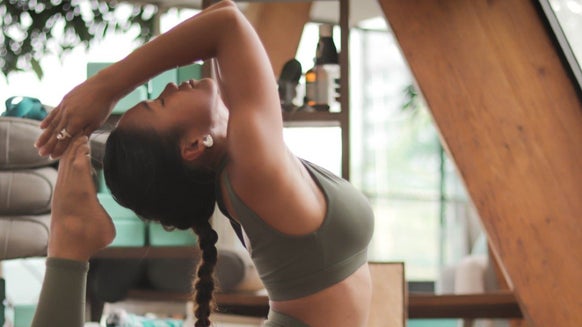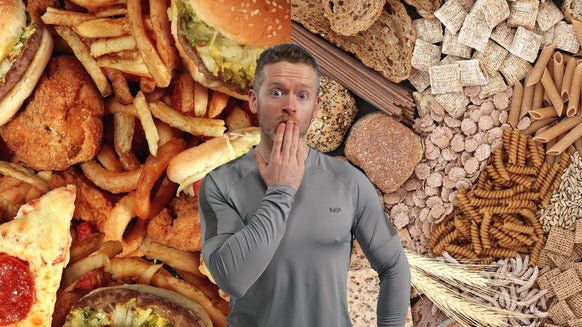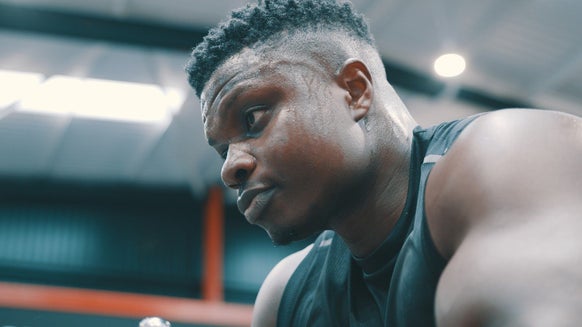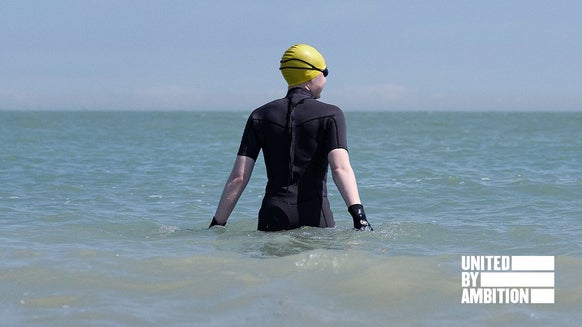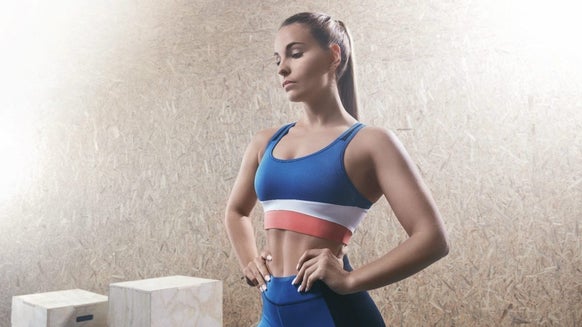Deadlifts For Beginners | Mix Up & Master the Deadlift with these 7 Deadlift Variations
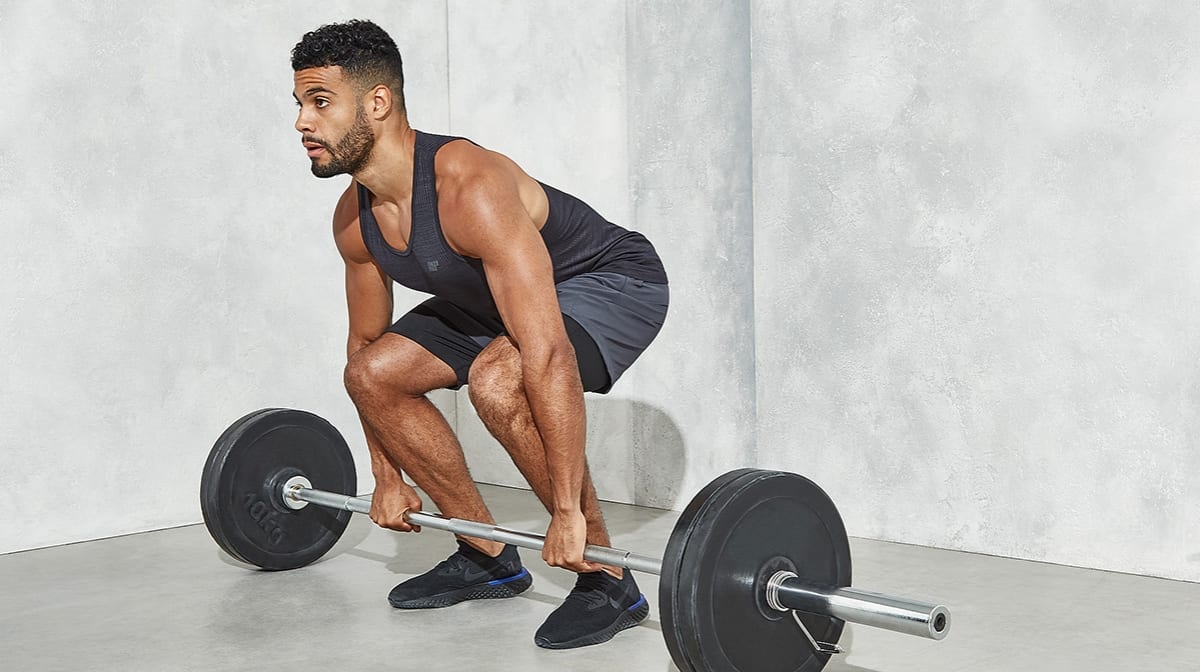
New to the training world?
Even if you are, you'll have heard of this extremely common exercise used by bodybuilders and average gym-goers a like.
However, if you are a weight-lifting newbie, just the world 'deadlift' can seem like an extremely daunting prospect.
All you'll understand is that 'deadlifting' is placed on a pedestal as the must-do exercise to get you that step closer to looking half decent in a stringer vest...
Truth is, the deadlift can potentially benefit all types of fitness levels - but also be tremendously damaging if performed wrong, in which it must be stopped RIGHT away.

In fact, the deadlift is one of few movements that works all major muscle groups in the body and depending on the variation and stance can work your lower back, hamstrings, glutes, calves, quads and even your upper back and arms, with major emphasis on the traps, spinal erectors, hips, glutes, and hamstrings.
So why stop?! Everyone hits a wall, a sticking point, a plateau where you just can't lift anymore. Adding 1kg feels like you have put on an extra plate a side! You need to drop the bar, and find a different approach. Stop deadlifting and get onto different variations of the deadlift. Get in some sumo style lifts, some stiffed legged variations and your deadlift PB will soon shift in the right direction.
Drop the bar and look at it from a different angle, get these variations into your training plan and then get back onto the deadlift and feel stonger, faster, more powerful. you can thank me later...
Different types and variations of the deadlift
Like many exercises, there is more than one type and variation of the deadlift and ultimately it’s up to you to make the decision of which deadlift is your favourite and most suited to your goals, strengths and weaknesses.
1. Sumo Deadlift
Like the sumo squat, the sumo deadlift involves placing your feet at a wider stance with your hands inside of your feet.
The sumo deadlift can be performed with an emphasis on the quads or hips and provides a range of motion which allows you to lift heavier loads - but remember, practice makes perfect

2. Hex or Trap Bar Deadlifts
This type of deadlift is performed using a specialised bar discussed above.
By using the hex bar you can change the mechanics behind the deadlift and lift evenly distributing your weight.

3. Snatch Grip Deadlift
In the snatch grip deadlift your hands take on a wider grip.
The snatch deadlift is a type of olymipic lifting which mainly works the hamstrings. The snatch deadlift acts to strengthen the pull of the snatch.

4. Romanian Deadlift, Stiff Legged Deadlift, Straight Leg Deadlift
The Romanian deadlift- sometimes called the straight legged dead lift focuses on using the hamstrings - in contrast to other deadlifts which focus on your lower back.
When performing this deadlift, the back should remain straight with all bending coming from the torso - this means instead of bending the knees the legs should be stiff throughout the lowering and lifting phases of the movement.

5. Deficit Deadlift / Rack Pulls
Deficit deadlifts and rack pulls can act to increase of decrease the range of motion experienced within a deadlift.
The deficit deadlift is known to be a brutal movement, whereby you can use a conventional and snatch grip width.

6. The Hack Lift
The hack lift is a deadlift that focuses on the quadriceps.
To do this you have to place the bar behind the back - mimicking the conventional deadlift form.
However, the hack lift is also known to be one of the riskier deadlifts, providing additional stress and strain on the knees - as a result you should only include this deadlift into your routine occasionally and if you are experienced.
7. Conventional Deadlift
Now it's time to get back on the band wagon and show your new found strength, power and more focused technique.
The conventional deadlift is what you should start with if you’re new to deadlifting.
When performing this deadlift your hands are just outside your feet, standing at about hip width apart.
Conventional deadlifts are done with a barbell or set of dumbbells and act to target and work the lower back, calves, forearms, glutes, hamstrings, lats, middle back, quads and traps.

The Best Deadlift Exercise
So you've just read the deadlift variations - but which is best for you?
The best deadlift ultimately depends on which movements you can perform with the best form and a neutral spine.
A neutral spine if by far the most important factor when deadlifting which allows for adequate mobility and safety.
For beginners the best deadlift to start with is the Romanian deadlift. Once mastered the trap or hex bar deadlift is the next stage up, whereby the structure of the bar and high handles can allow you to master the dealifting form, whilst minimising motion demands and likelihood of injury.
If the trap bar is unavailable the sumo and conventional deadlift is the next step up- however groin strength and hamstring flexibility can become limiting factors in both of these movements, whereby hip mobility and hamstring strength are two vital requirements for performing these deadlifts with correct form.
Ultimately the progression from trap to conventional deadlift is dependent on mobility and strength.
Form and Execution of the Deadlift
So far, throughout this post you’ve probably heard the term “correct form” mentioned in every paragraph so far- but this really is the most important factor to consider when performing the deadlift for both safety and maximising results.
Generally for the conventional deadlift there are several factors to ensure:
1. All weight should be focused on your heels and the middle of your foot- to make sure this is the case you should be able to freely move your toes at all times.
2. Your body should move upwards and down wards at the same speed- in other words your chest and glutes should rise and move at the same time and speed.
4. Keep your arms straight -They are there to hold onto the bar and should not be used to bend or pull at anytime.
5. Keep the bar close to your body- Don’t let it come forward.
6. As you pull, squeeze your glutes! - Once the bar passes your knees, Think about it- push through the floor with your feet, and once you reach the knees pushing and squeeze your glutes under the bar. Many people fail to use the glutes making them underactive during the movement and putting greater strain on the back.
7. At the top of the movement, stand tall with your chest open- do not lean or hyper-extend the back.
Risks and Mistakes
Performing the deadlift can be simple once you’ve mastered the correct stance and form however, this is not an exercise to be taken lightly, whereby it is just as easy to suffer injuries.
Because of the nature of the biomechanics and range of motion, deadlifts should be done with caution- which is especially the case for individuals who may suffer poor hip flexibility and back problems.
To avoid injury and mistakes you need to make sure you have the correct deadlifting form down to a T. To do this practice both without a bar and with a standard bar on it own. Once mastered make sure you progress steadilty with weight- lifitng to heavy to soon is a recipe for disaster.
Even though hitting the gym and working out is often an opportunity for some alone time- it is worth having a spotter to analyse your form- if not try videoing yourself and analysing your weakness. You may think you look silly, but trust me you’ll look worse performing the movement with incorrect form and risking injury.
The eccentric part of the deadlift (lowering the bar) should not be neglected as this part of the movement is actually riskier than the concentric (picking it up) part of the lift, and it is the part of the deadlift that will give you the greatest amount of delayed onset muscle soreness. Try not to drop the bar- put the bar down and practice lowering the bar with correct motion, movement and form.
Take Home Message
When considering which type of deadlift you should remember - similar to diet - a variety is best.
By varying your deadlift movements you’ll benefit both strength and hypertrophy and also prevent overuse injuries. Overall the type of deadlift depends on which muscles you aim to target and what your goals is - experiment and find which exercises give you optimal positioning and technique for your body.





